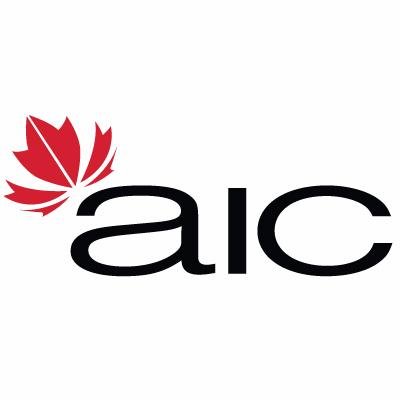Location
History
On June 2, 1920, the Canadian Society of Technical Agriculturists was formally launched. The idea of an organization dedicated to the professional aspects of Canadian agriculture caught on and branches quickly formed across the country.
By 1944 the Canadian Society of Technical Agriculturists had evolved into the Agricultural Institute of Canada. Over time, nine provincial institutes of agrologists came on board to administer the formation, recognition and control of professional groups under provincial jurisdiction.
In 1995, following almost a decade of discussion and debate, members of the Agricultural Institute of Canada voted to restructure the organization into a federation of Member Organizations.
For ninety-five years, AIC responded to the needs of its members in serving the agricultural community, playing a central role as a source of credible information and comment for the Canadian agriculture and agri-food sector.
The Institute has established itself as one of Canada’s foremost advocates for agricultural research and an important tool to facilitate the dissemination of agricultural research to academics and industry stakeholders.
In 2004 the AIC became a member-based organization once again.
AIC Membership categories include individual members as well as organizations, associations and corporate. The membership will determine views on issues as well as elect the national board.
Vision
Canadian agriculture is a global leader in stewardship of our land through science.
Mission
For the Agricultural Institute of Canada to be Canada’s Voice for Agricultural Research and Innovation
Members:
Resources
Displaying 1 - 5 of 6Landscape-scale variability in soil organic carbon storage in the central Canadian Arctic
Campeau, A. B., Lafleur, P. M. and Humphreys, E. R. 2014. Landscape-scale variability in soil organic carbon storage in the central Canadian Arctic. Can. J. Soil Sci. 94: 477â488. Arctic soils constitute a vast, but poorly quantified, pool of soil organic carbon (SOC). The uncertainty associated with pan-Arctic SOC storage estimates â a result of limited SOC and land cover data â needs to be reduced if we are to better predict the impact of future changes to Arctic carbon stocks resulting from climate warming.
Soil organic carbon and total nitrogen storage under different land uses in the Naiman Banner, a semiarid degraded region of northern China
Li, Y., Han, J., Wang, S., Brandle, J., Lian, J., Luo, Y. and Zhang, F. 2014. Soil organic carbon and total nitrogen storage under different land uses in the Naiman Banner, a semiarid degraded region of northern China. Can. J. Soil Sci. 94: 9â20. Accurate investigation of soil organic carbon (SOC) and total nitrogen (TN) storage at a regional level is important for detecting changes in the C and N sequestration and emission potentials induced by land-use and cover type changes.
Impacts of 48 years of consistent cropping, fertilization and land management on the physical quality of a clay loam soil
Reynolds, W. D., Drury, C. F., Yang, X. M., Tan, C. S. and Yang, J. Y. 2014. Impacts of 48 years of consistent cropping, fertilization and land management on the physical quality of a clay loam soil. Can. J. Soil Sci. 94: 403â419. Soil physical quality (SPQ) is often ignored or under-monitored in long-term field studies designed to determine the economic and environmental sustainability of agricultural practices.
Twenty-five years of changes in soil cover on Canadian Chernozemic (Mollisol) soils, and the impact on the risk of soil degradation
Huffman, T., Coote, D. R. and Green, M. 2012. Twenty-five years of changes in soil cover on Canadian Chernozemic (Mollisol) soils, and the impact on the risk of soil degradation. Can. J. Soil Sci. 92: 471â479. Agricultural soils that are covered by vegetation or crop residue are less susceptible to degradation by wind and water erosion, organic matter depletion, structural degradation and declining fertility.
Overview of Mollisols in the world: Distribution, land use and management
Liu, X., Burras, C. L., Kravchenko, Y. S., Duran, A., Huffman, T., Morras, H., Studdert, G., Zhang, X., Cruse, R. M. and Yuan, X. 2012. Overview of Mollisols in the world: Distribution, land use and management. Can. J. Soil Sci. 92: 383â402. Mollisols â a.k.a., Black Soils or Prairie Soils â make up about 916 million ha, which is 7% of the world's ice-free land surface. Their distribution strongly correlates with native prairie ecosystems, but is not limited to them. They are most prevalent in the mid-latitudes of North America, Eurasia, and South America.


